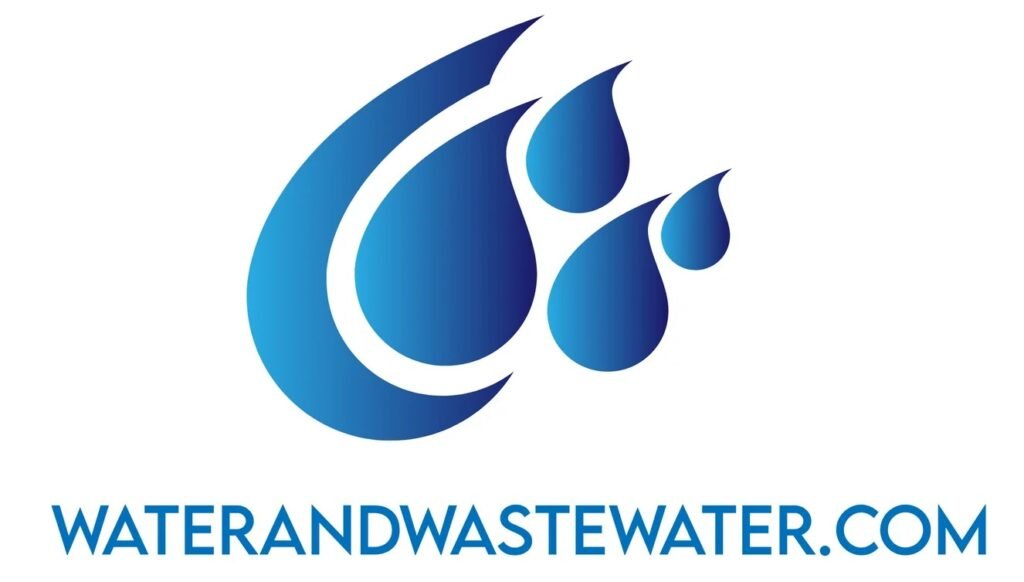Tag: Wastewater Management
Turbo blowers play a crucial role in modern wastewater treatment plants. These high-speed machines provide air for the activated sludge process, which helps break down organic waste in water. Turbo blowers use less energy than traditional blowers, making them a smart choice for treatment facilities. Turbo blowers can cut energy use by up to 40% […]
Wastewater mixers play a crucial role in treating the water we use every day. These devices stir up sewage and other wastewater to help clean it. Proper mixing ensures that treatment chemicals spread evenly and harmful substances break down faster. Wastewater treatment plants use different types of mixers. Some spin like big blenders, while others […]
Wastewater consulting plays a crucial role in protecting our environment and public health. These experts help businesses and communities manage their wastewater effectively. They provide guidance on treating and disposing of water that has been used in homes, industries, and other settings. Wastewater consultants use their knowledge to design systems that clean contaminated water before […]
Wastewater flowmeters play a crucial role in managing and treating wastewater. These devices measure the volume and rate of wastewater flowing through pipes and treatment systems. Accurate flow measurement is essential for proper wastewater treatment, environmental protection, and regulatory compliance. Wastewater treatment plants use flowmeters to monitor incoming and outgoing water. This helps operators control […]
Wastewater aeration diffusers play a crucial role in treating water in many facilities. These devices add oxygen to wastewater, helping break down harmful substances. Fine bubble diffusers are a common type that operate within specific air flow ranges to effectively treat water. Aeration systems come in various forms, each suited for different treatment needs. The […]
Wastewater treatment blowers play a key role in cleaning our water. These machines pump air into wastewater, helping break down harmful stuff. This process is vital for keeping our rivers and lakes clean. Wastewater treatment blowers are essential for removing pollutants from water before it goes back into the environment. They work by adding oxygen […]
Car wash wastewater treatment systems play a crucial role in protecting the environment and meeting legal requirements. These systems clean the water used in car washes before it’s released back into the environment. They remove harmful chemicals, oils, and debris, helping car wash businesses operate sustainably and reduce their environmental impact. Many car washes now […]
Decentralized wastewater treatment is changing how we handle wastewater in communities. This approach treats wastewater close to where it’s produced, instead of sending it to big, central plants. Decentralized systems can be a good fit for many places, helping communities reach environmental, social, and economic goals. These systems come in different sizes and types. They […]
10 Surprising Benefits of Upgrading Your Aeration Tank System When it comes to wastewater treatment, aeration tanks play a pivotal role that often gets overlooked. These unsung heroes of the activated sludge process are more than just big containers filled with water—they’re the beating heart of an efficient treatment system. Upgrading your aeration tank system […]
Lift stations play a crucial role in wastewater management systems. These specialized structures help move sewage from lower to higher elevations, allowing for efficient transport across varied terrains. Lift station capacities range from 76 liters per minute to more than 378,500 liters per minute, making them versatile solutions for different community sizes. These stations come in […]
